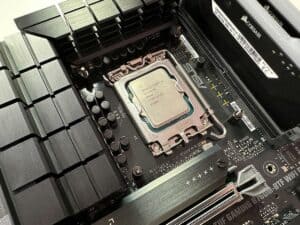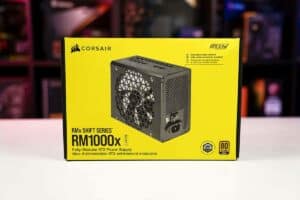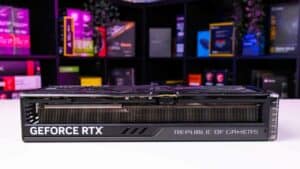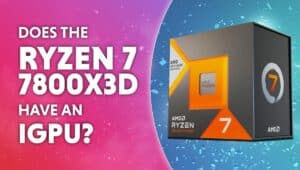Is the Ryzen 9 7900X3D good?
Just how good is the Ryzen 9 7900X3D?
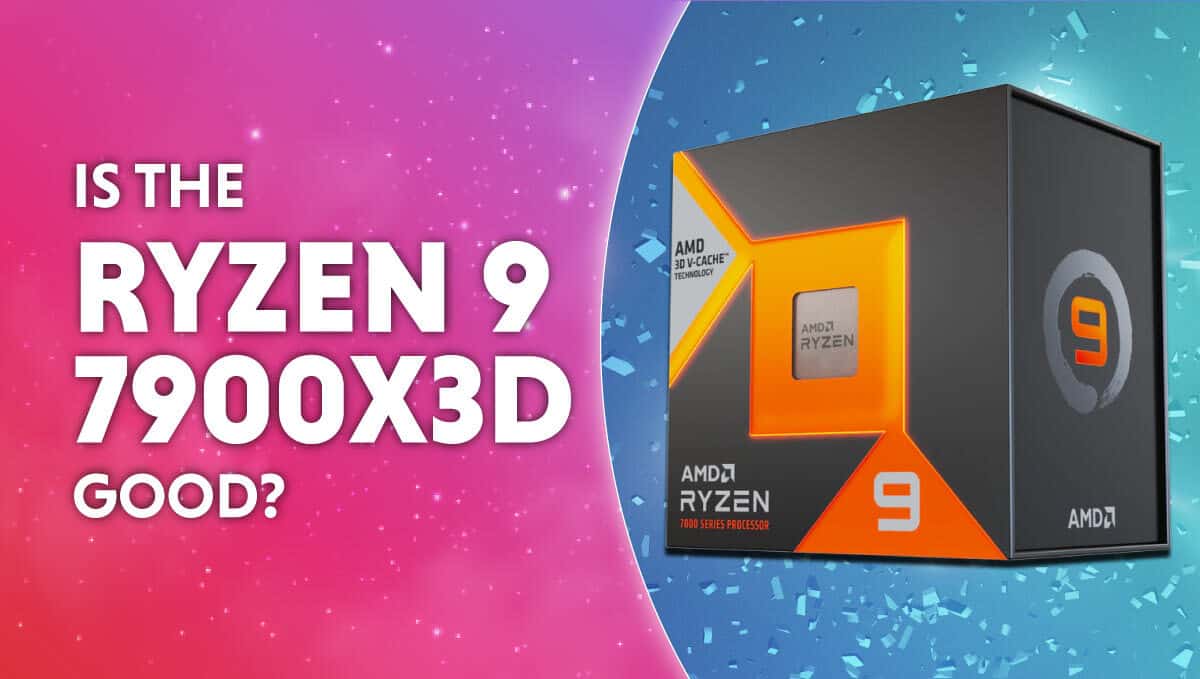
WePC is reader-supported. When you buy through links on our site, we may earn an affiliate commission. Prices subject to change. Learn more
Is the Ryzen 9 7900X3D good? AMD recently confirmed the release of three X3D CPUs at CES 2023 – the Ryzen 7 7800X3D, the Ryzen 9 7900X3D, and the Ryzen 9 7950X3D.
Now read: AMD announces Ryzen 7000 series 3D V-cache CPUs at CES 2023
All three units feature AMD’s innovative 3D V-cache technology, which allows them to have a much higher L3 cache than standard processors.
The Ryzen 9 7900X3D is second only to the 7950 flagship CPU in raw specs. It looks very promising overall. Is it a processor worthy of being your next upgrade? Let’s find out.
Ryzen 9 7900X3D: Specifications
Here are the Ryzen 9 7900X3D’s specs.
- Core count: 12 (Multithreading enabled)
- Thread count: 24
- Core clock: 4.4GHz
- Boost clock: 5.6GHz
- L2 cache: 12MB – 1 MB per core
- L3 cache: 128 MB
- TDP: 120 watts
- iGPU: Radeon Graphics
- Socket: AM5
Just about what you’d expect from what is to be AMD’s second-best CPU in the near future – the specs look fantastic.
What really stands out here is the 128 MB shared cache. This is achieved by stacking L3 cache units vertically while decreasing the die’s height to ensure the resulting chip retains its original measurement in the Z dimension.
For reference, the Intel core i9-13900KS, the current fastest CPU, has a 36MB smart cache.
Now, that doesn’t necessarily mean that AMD’s 7000 X3D series will dethrone the special edition i9; that battle is yet to be fought.
But the high L3 cache will most certainly offer a marked improvement in performance over the non-X versions, especially in gaming.
Is the Ryzen 9 7900X3D good?
The AMD Ryzen 9 7900X3D will be an excellent gaming processor – likely among the best.
It’s hard to say exactly how it compares to current processors since it’s still unreleased, and we don’t have real-world benchmarks.
AMD didn’t provide us with any benchmarks for this particular CPU at CES either, unfortunately.
However, with a 5.6GHz boost clock, 24 high-performance threads, and 128 MBs of shared L3 cache, the 7900X3D looks like it’s going to be able to handle both single-core and multicore tasks with great efficacy.
The fact that the 7900X3D processor retains its namesake, the 7900X’s 5.6 GHz boost clock is rather impressive. This is done by using two CCDs, or in more simple words, chiplets, inside the CPU.
One of the chiplets harbors the V-cache, whereas the cores contained in the other can freely go all the way up to 5.6GHz with AMD’s precision boost – which is excellent news for gamers.
Unlike the Ryzen 7 5700X3D and 7800X3D, the Ryzen 9 7900X3D doesn’t compromise its single-thread performance to enjoy the benefits of 3D V-cache.
This double CCD architecture does raise some concerns, though.
The cores/threads on the chiplet without the V-cache will experience some delay when they attempt to access it, which could result in lag and stuttering.
Windows Scheduler will have to be very precise in its assignment of tasks to the CPU’s multiple threads to avoid such lag spikes.
AMD and Microsoft have already begun coordinating to optimize Windows Scheduler for the new double CCD processors.
Alas, we can only speculate at the moment. Whether or not the separation of the chiplets in the Ryzen 9 X3D CPUs proves to be an issue is something that will have to be assessed practically upon release.
Is the Ryzen 9 7900X3D worth it?
It remains to be seen whether the new X3D CPUs will be with it, but we can definitely estimate its worth.
The Ryzen 7 7900X3D will be a formidable opponent for Intel and the Ryzen 9 7900X. This is all thanks not only to the 3D V-cache itself but also to how the 3D V-cache is incorporated onto the CPU package.
The 3D V-cache is incorporated in a smart way on the Ryzen 9 7900X3D, it’s only installed on one of the two CCDs within the chip. This means that the 3D V-cache can boost single-core performance, without limiting the whole CPU, as we saw in the 5800X3D. This makes the CPU great for single-core workloads, such as gaming, and less restrictive on multi-core workloads. Because only half of the CPU contains the 3D V-cache.
The reason the 3D V-cache is so restrictive is that it’s very sensitive to temperature and voltage spikes. Ultimately, this is the reason that the 5800X3D was so restricted in its overclocking abilities. Fortunately, since the 3D V-cache persists on only one CCD, only half of the CPU cores suffer. We still can’t manually overclock the CPU, however.
Thankfully, there are some advantages to updated technology, we do have a fully functional automatic boost from BPO and Curve optimizer.
So yes, we think the new 7000X3D processors, specifically the 7900X3D will be worth it, at least over the previous generation.
Final thoughts
Overall, the Ryzen 9 7900X3D looks to be a top-notch gaming processor. Based on its specs and our understanding of V-cache, it will likely be able to offer fierce competition to Intel’s high-end Raptor lake lineup.


